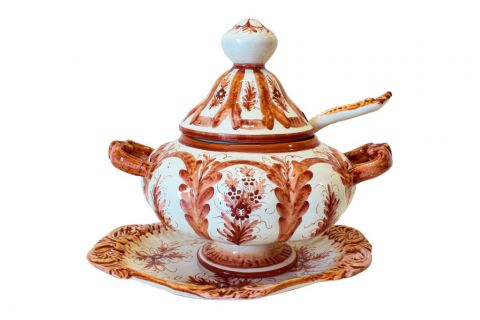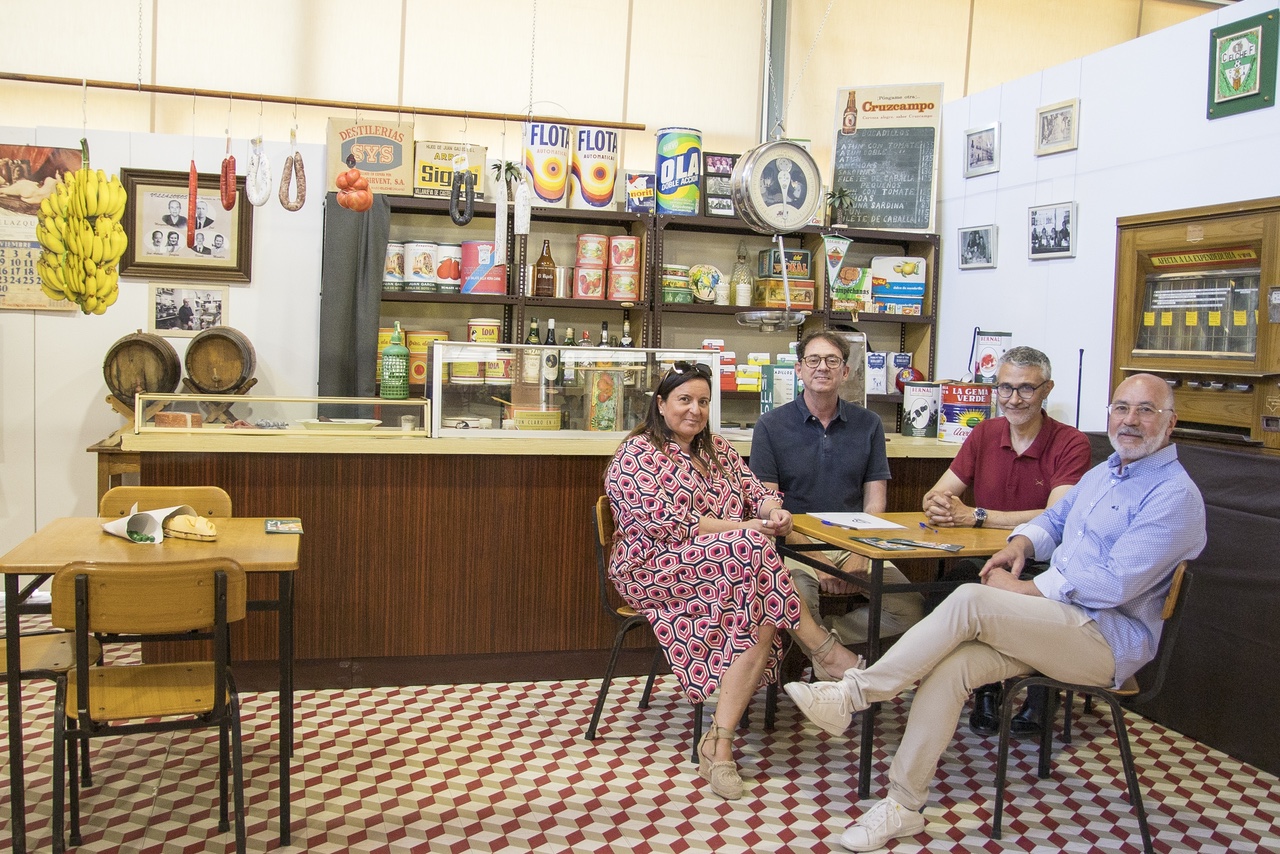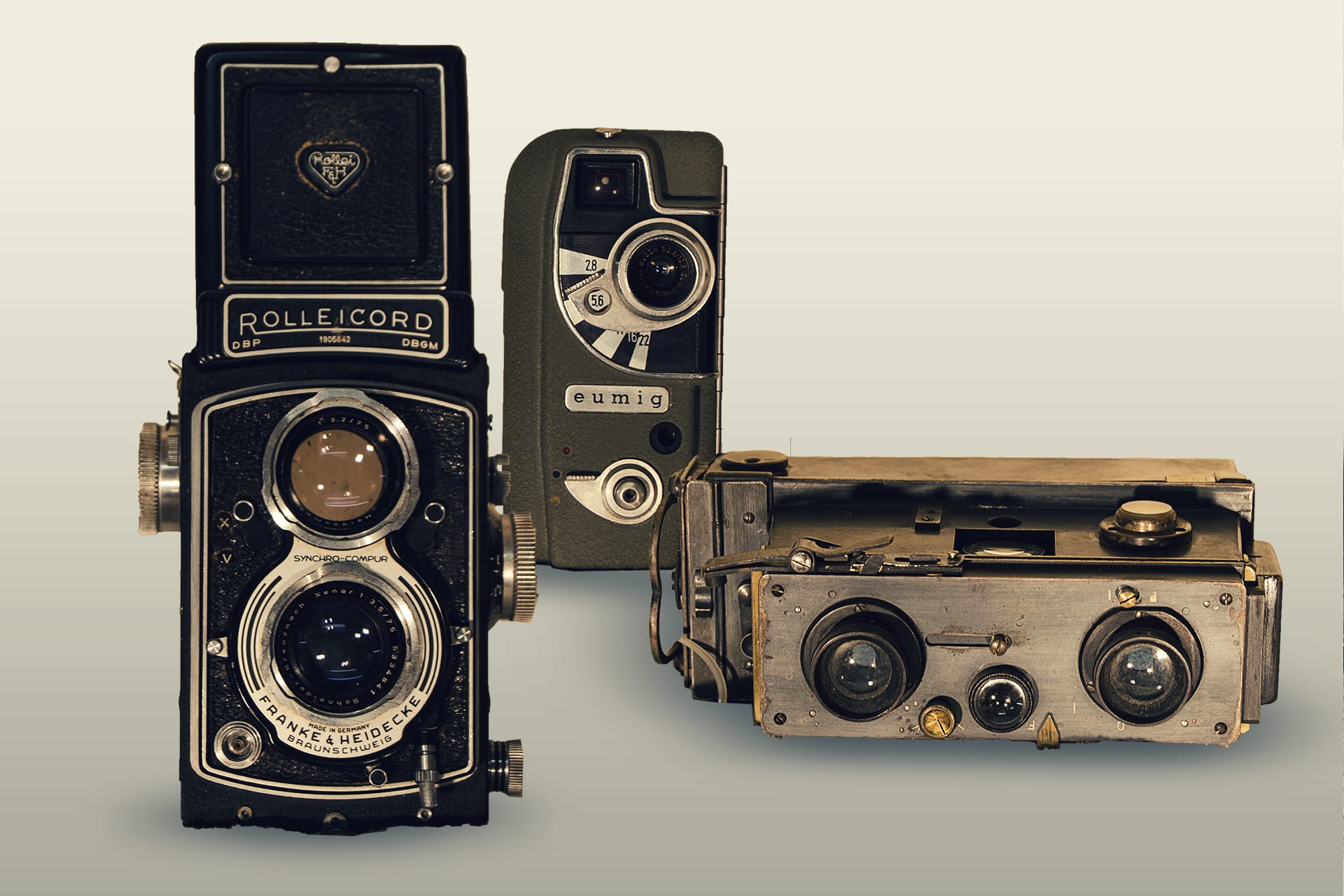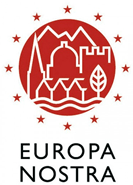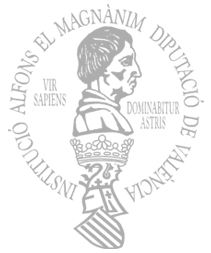
A striking example of Valencian ceramics on display in the museum.
23-03-2022
Onda, Alcora, Manises, Paterna, Agost, Nules... There are several Valencian towns in which ceramics, pottery or tiles is, since ancient times, the most outstanding local product. We are in a land rich in raw materials necessary for this activity. This, together with a particular creativity of our people, has marked the development of one of the most recognizable indigenous industries: Valencian ceramics.
Since not long ago, we have a beautiful example of the good work of the ceramists/ valencianos/ as in our funds. It is a sopera of the mid-20th century, which comes from the recent donation of Antonio Baile Rodríguez.
Its original design is undoubtedly the most striking of this piece, and so we decided to place it in the dining room recreated in our rooms, where it has already claimed the attention of more than one visitor who has told us how beautiful it seemed.
The soup pot is a relatively recent utensil in the table service of families, because although it began to be used at the end of the seventeenth century, its use was restricted to the more affluent layers of society. This explains why the specimens of the XVII and XVIII century are of noble materials such as silver or porcelain of the great European manufactures. In Valencian lands, the soups of the Royal Alcora Porcelain Factory stand out, some with curious animal forms, which are very prized by collectors today.
With the industrial revolution and the rise of the bourgeoisie, soup kitchens lived a new era of splendour, and later, with the rise of the middle class from the middle of the twentieth century, it became popular as an element of distinction in homes. Innovations in materials lowered production costs, favoring that this fashion spread more and more. At that last moment belongs our specimen, an eminently decorative piece, since these turrets had hardly any use beyond campear on the dining tables or sideboards, carrying out a propaganda work and witnessing the economic bonanza of the owner family.
Our tureen consists of four different pieces: lid, ladle, body and tray. It is made with white glazed earthenware and has a reddish vegetal decoration, with a careful decoration moulded on the edges, the handles and the foot, which complement the original design of the lid, conical trend. At the base of the source we find the seal of its author: "Hernández Ceramistas de Manises. Made in Spain".
Author: José Aniorte, cultural manager of the School Museum.
